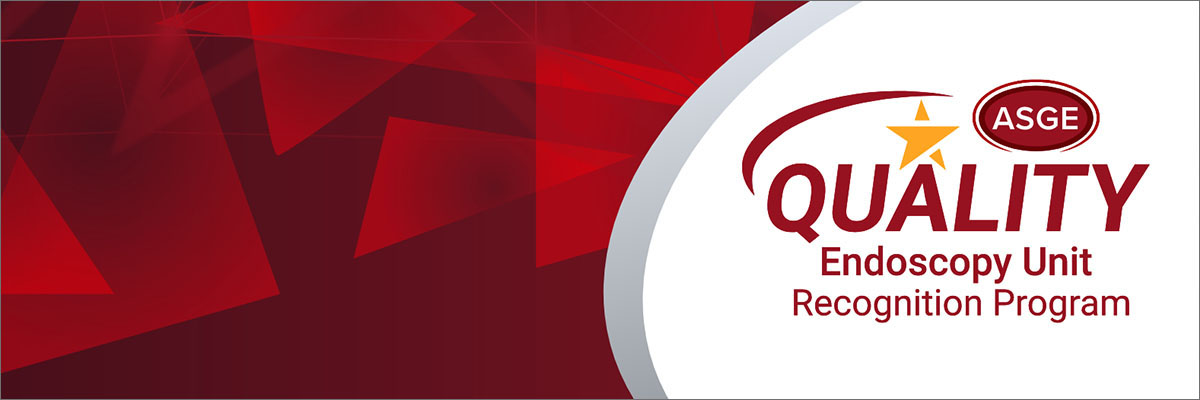
Successful applicants to the ASGE Endoscopy Unit Recognition Program submit a summary of a recently conducted quality improvement (QI) project as part of the application process. The quality assurance and performance improvement (QAPI) project in the spotlight this month looked at improving the show rate and quality of bowel preparation via one-way text messaging.
Background: No-shows and inadequate bowel preparations (prep) lead to a significant waste of resources in endoscopy centers. While printed prep instructions and preprocedural nursing phone calls are often used to prevent this, they are not always successful. Text message communication offers additional opportunities to improve the show rate and bowel prep quality.
Methods: We created two protocols of short, timed text messages to send via an existing one-way messaging service, available at the Veterans Affairs (VA) medical centers throughout the United States, called "the ANNIE app." Our protocols gave specific instructions that were sent at prespecified times during the seven days prior to appointments to those who agreed to receive text messages. The colonoscopy instructions consisted of 11 messages and included reminders to have a driver available, to change the diet to clear liquids the day before the procedure, to take the bowel preparation in a split-dose fashion, and to call if there are additional questions. A similar, shorter protocol was developed for upper endoscopy. These two protocols were designed to be generic and can be used by all VA endoscopy units without needing further customization. After implementing the text messaging, we surveyed patients about their experience, evaluated the no-show rate, and compared rates of adequate preparation between those who did and did not receive text messages.
Results: In the initial 60 days, text messages were offered to 440 patients. Of those, 342 (77.7 percent) consented to receive messages, and 102 of these completed anonymous surveys. Of those surveyed, 90 (88.2 percent) said the messages were helpful and 92 (90.2 percent) said they would recommend the text message reminders to others. Also, 85 (83.3 percent) found the number of messages to be appropriate, while 5 (4.9 percent) and 9 (8.8 percent) found the number of messages to be too little or excessive, respectively. Among 91 surveyed patients who received text messages and the traditional mailed instructions, 57 (62.6 percent) said they would prefer receiving both forms of instructions, 16 (17.6 percent) would prefer ANNIE text messages alone, and 15 (16.5 percent) preferred the mailed instructions alone. In the first 60 days following the introduction of ANNIE messages, compared to last year, the no-show rate in endoscopy decreased from 9.2 to 5.4 percent (p < 0.00001). When comparing those who consented to receiving ANNIE messages to those who did not consent, 5.9 percent vs. 9 percent had inadequate bowel preparation (p < 0.00001).
Conclusions: A series of timed text messages reminding patients of their endoscopy appointment and prompting them to follow the major steps of bowel preparation were associated with a decreased no show rate and improved bowel prep quality and were well-received by the patients. A randomized clinical trial using text message protocols should be considered to confirm our findings.
We hope sharing this project summary will be useful to you and your practice.
Authors: Lauren Johnson, MD1; Kirthi Lilley, MD1; Angy Hanna, MD1; Ziad Kanaan, MD, PhD1; Jason A. Dominitz, MD, MASGE2; Fadi Antaki, MD, FASGE1
Institution:
- John D. Dingell Veterans Affairs Medical Center & Wayne State University School of Medicine, Detroit, Michigan
- VA Puget Sound Health Care System & University of Washington School of Medicine, Seattle, Washington